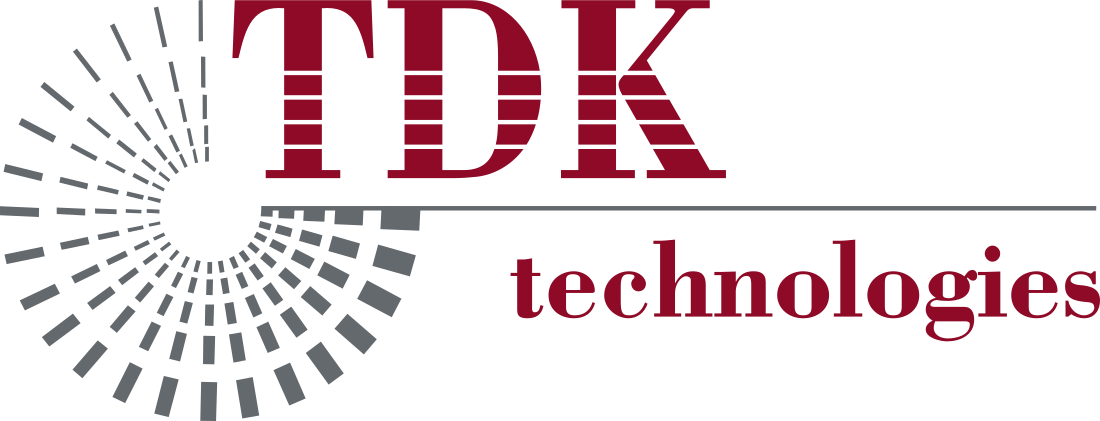Showcase your strengths with a stand-out resume.
Effective resumes involve much more than work history. Resumes are a candidate’s first opportunity to showcase their value to a recruiter or hiring manager. Resumes should highlight key skills and experience, but they should not be a ‘laundry list’ of job titles and duties. Resumes must include results, which help candidates separate themselves from the crowd. As IT career coach J.M. Auron said in CIO Magazine “…it's the results that really matter."
To get started, sit down and consider your primary career strengths, skills and what you accomplished with them. This process will narrow things down, which will make it easier to focus on what makes you a valuable employee. Then use the following guidelines to create your resume.
Formatting
- Use a clean format with wide margins and neat font; Arial and Calibri fonts are very simple and clean to use.
- Use clear bolded headings that are just a size or two bigger than your font for content. Stick with one font for the entire resume. This will help easily guide the reader's eye.
- Using bullet points also helps with organization, rather than using paragraphs.
- Keep it simple. Clean formats are also good when resumes are viewed on mobile devices.
- Unless yours is a creative profession, avoid the use of color and graphics.
Style
- Chronological resumes are probably the most common style, which lists items beginning with the current or most recent position. They work well for those who have had a steady career in the same field and have few gaps in employment history.
- Functional resumes work for people just entering the job market or who have started and stopped their careers. These focus on skills and talents rather than the chronology of the work history.
- People making a career or industry change might consider using a combination of these two resume styles.
Layout
- Regardless of the style you choose, be concise. Try to keep the overall length to five pages or less (depending on the length of your career).
- The Heading should include your professional contact information for prospective employers: Name, phone number and professional e-mail address.
- Instead of starting with your “Objective”, begin your resume with a “Career Summary” statement. A Career Summary is designed to give a brief overview of who you are and what you do. It should be no more than a couple of sentences. Most hiring managers scan a resume within 25 seconds. So, a well written summary that grabs attention is very important.
- Chronological resumes usually have a section for Experience/Qualifications. But there should be an emphasis on Results built into the written content.
- Highlight how you have progressed in organizations using accomplishments, rather than only listing responsibilities.
- Always focus on what you did in the job, not what your job was. Ask yourself, “What did I do?” And then follow with results: “What was the benefit?”
- Avoid using the same bullets in each position.
- Functional resumes focus on Achievements/Accomplishments and then include a section for Experience/Qualifications.
- A section for Education should be included next regardless of the style selected.
- It is no longer common to include a References section on the resume itself. Instead, have a separate list of references which can be provided if requested.
- Have multiple resumes that reflect your experience for specific jobs. Don't use the same resume when applying for different positions.
- Avoid using generic descriptions of the job.
- Include specific skills and results that are relevant to the position involved.
Whatever you do, avoid these resume killers:
- Avoid using IT jargon, since resumes will be reviewed by those with varying degrees of technical knowledge.
- Spelling errors, grammar mistakes and typos must be avoided. Always proofread the resume before sending it around. Better still: Ask someone else to edit your work.
- Do not include your hobbies, personal information or salary information in your resume.
Network, Network, Network
Remember, at the end of the day, it’s all about networking. Send your resume to everyone. This includes friends, family, and business contacts: People you've worked for or who worked for you, vendors and sales representatives you've dealt with in the past five years.
